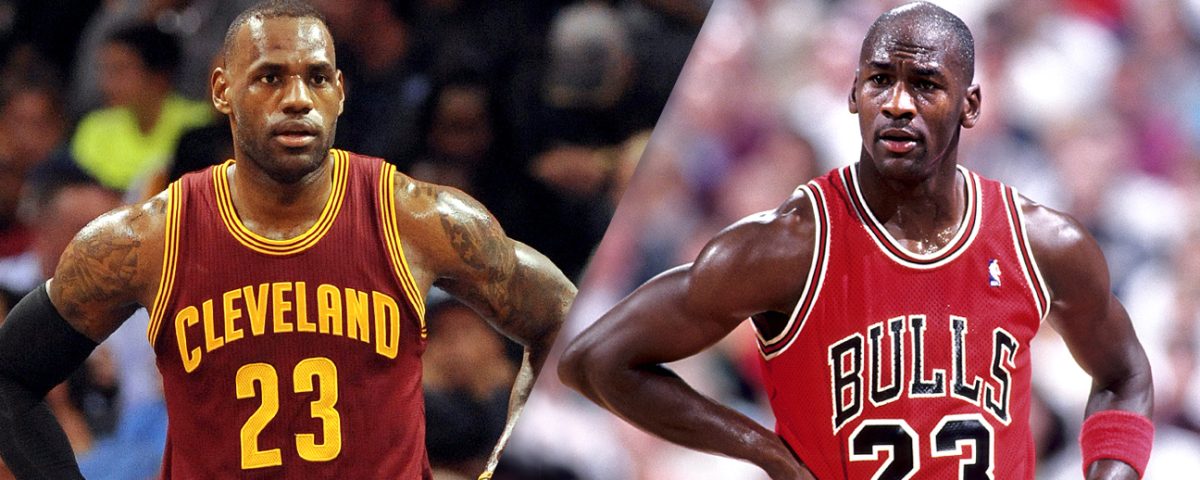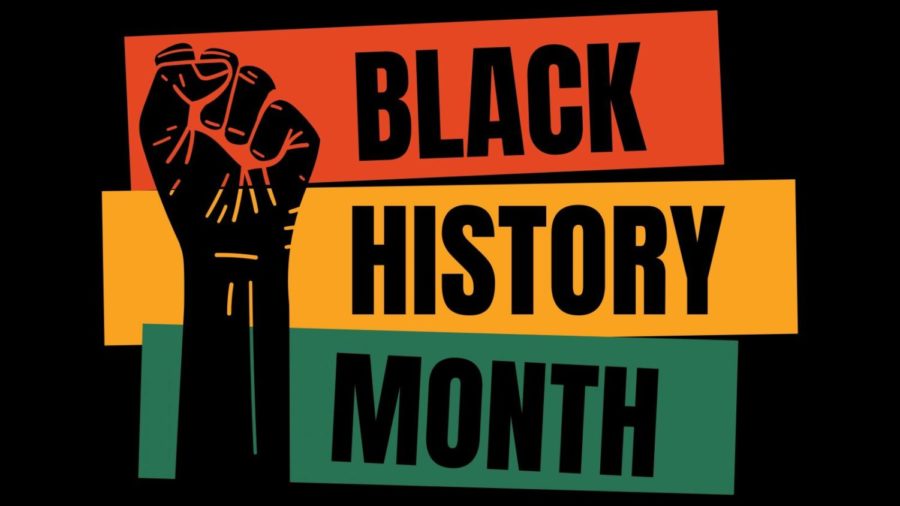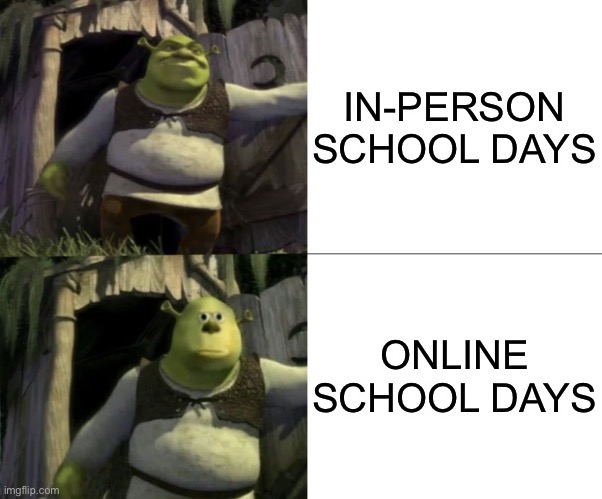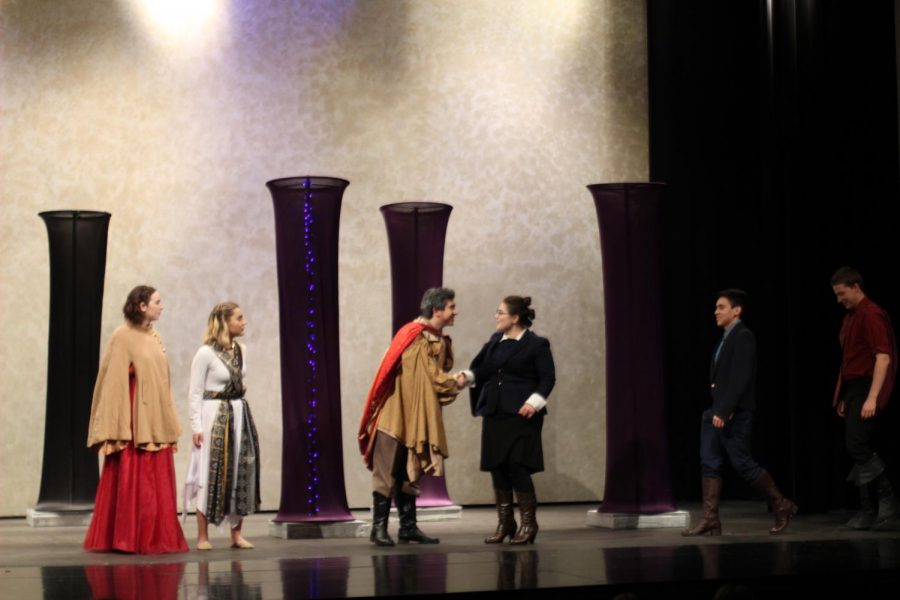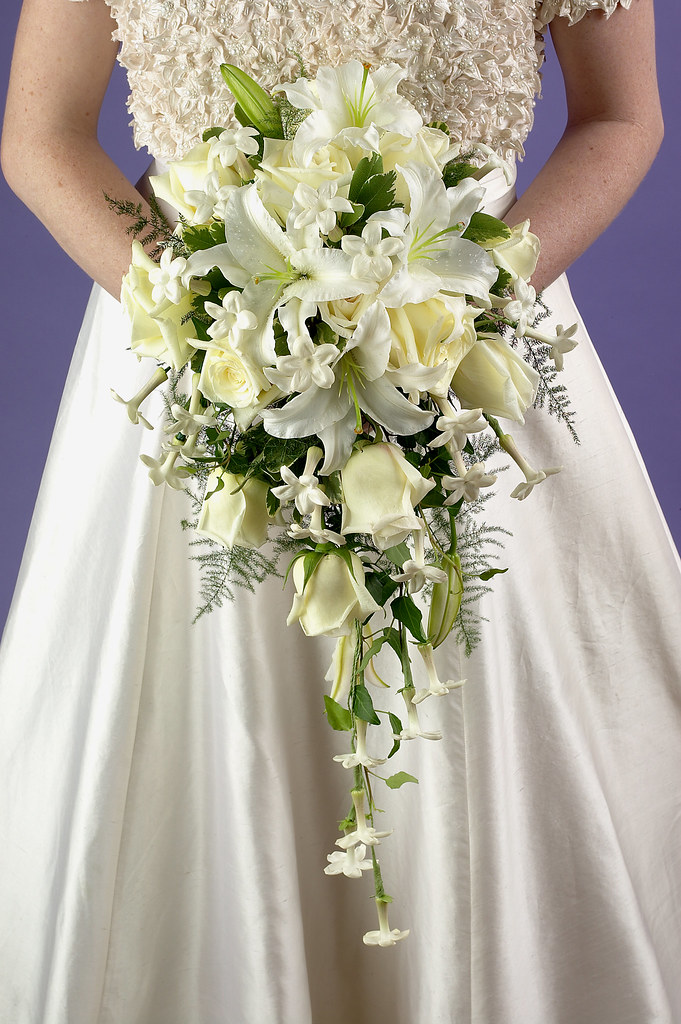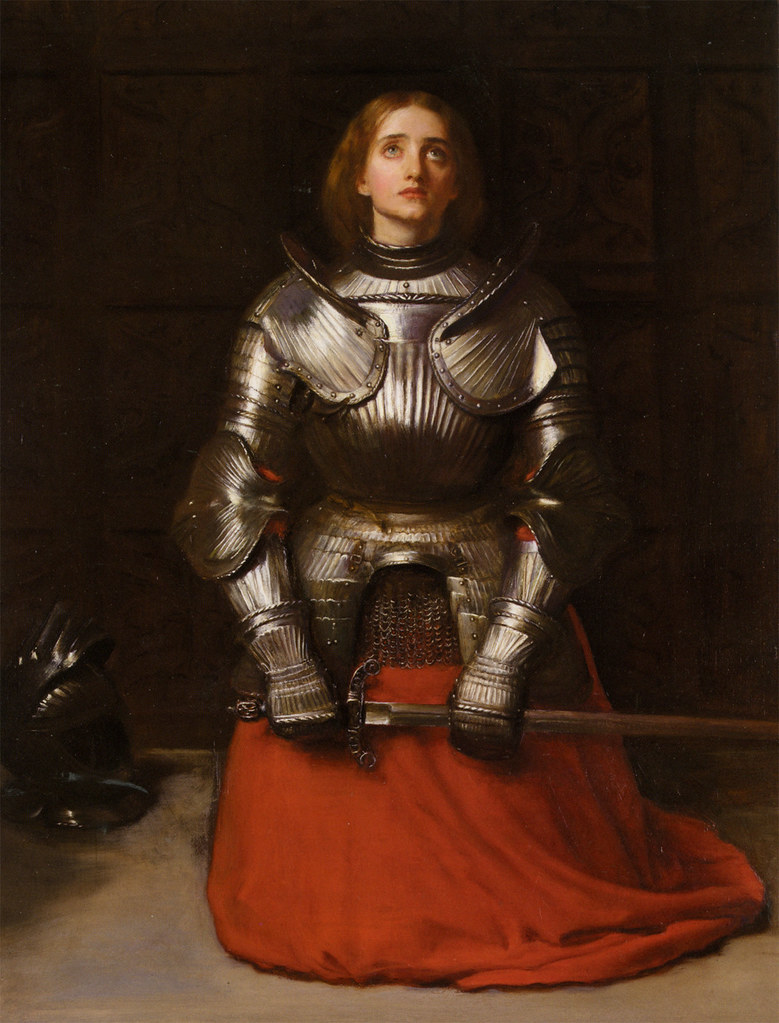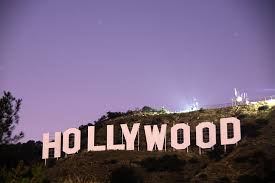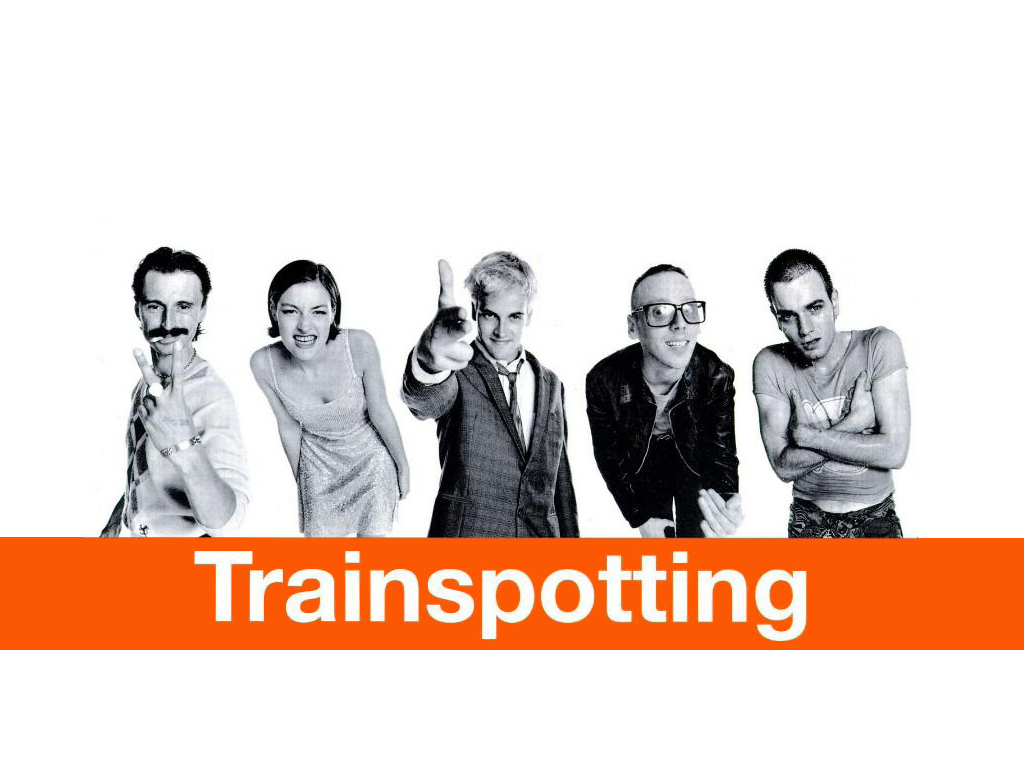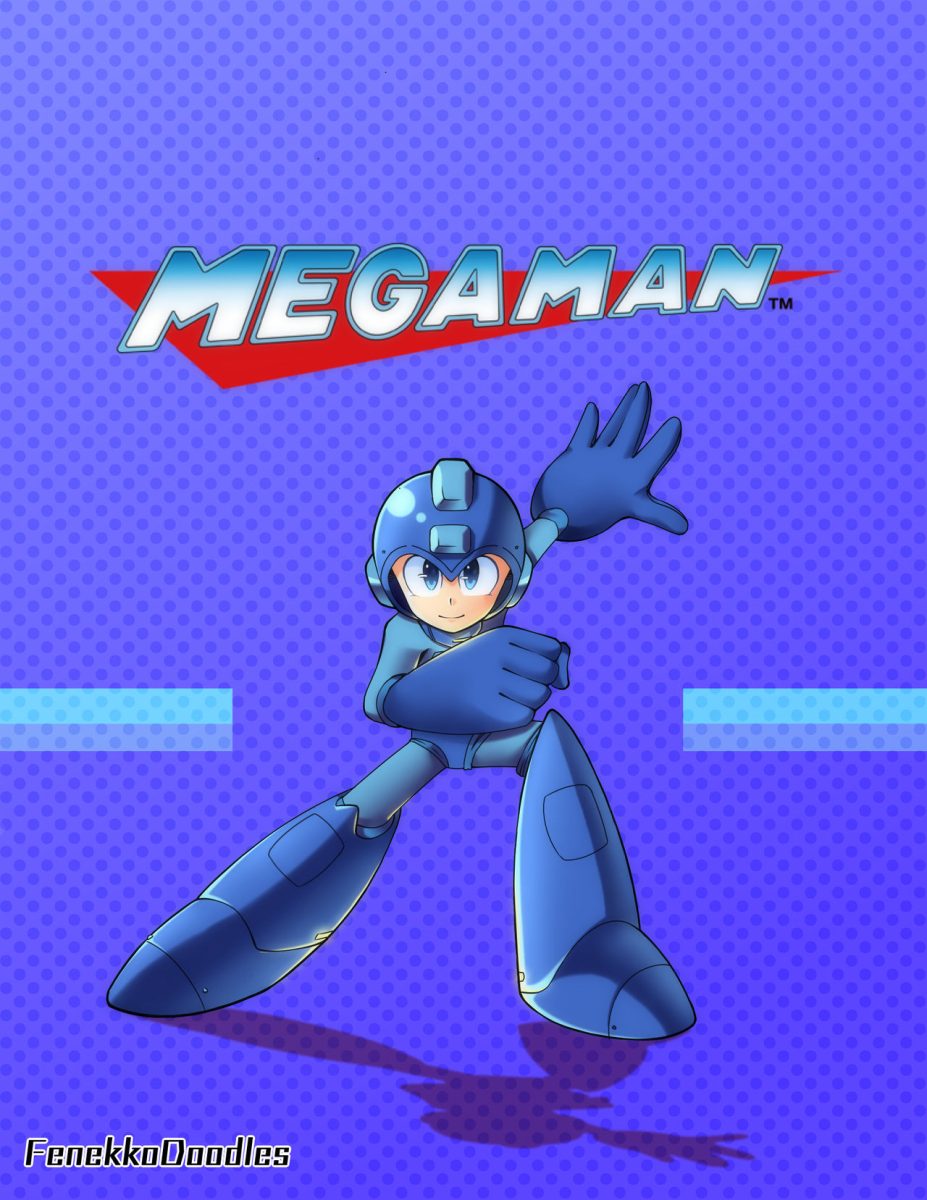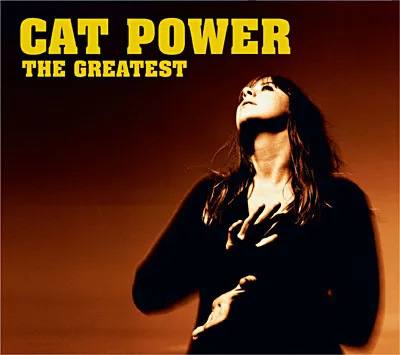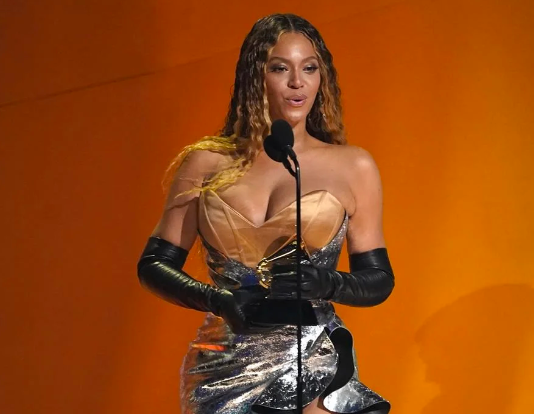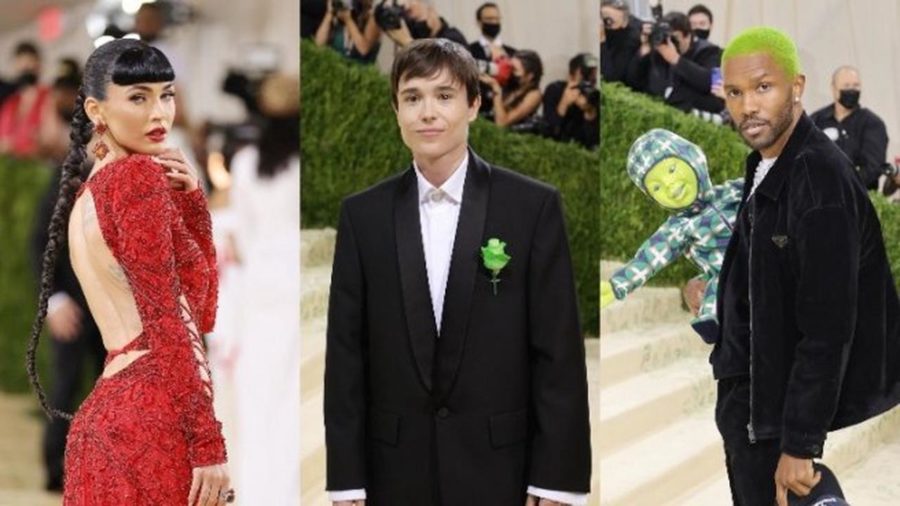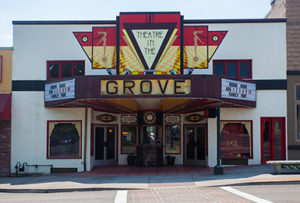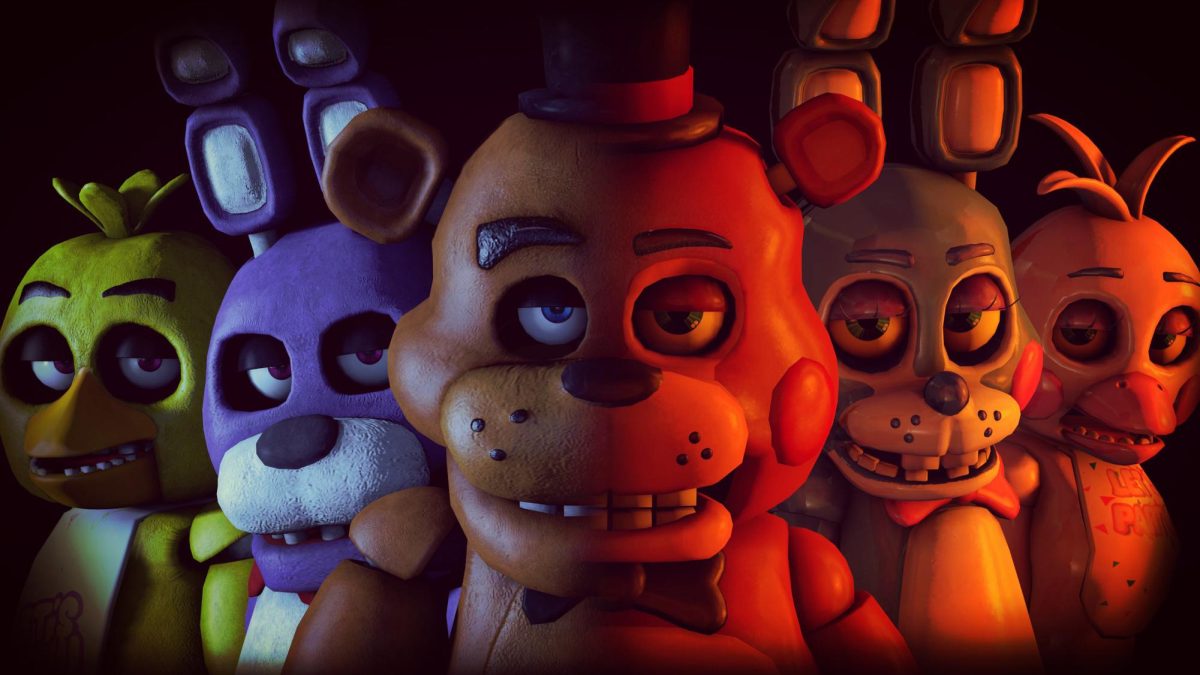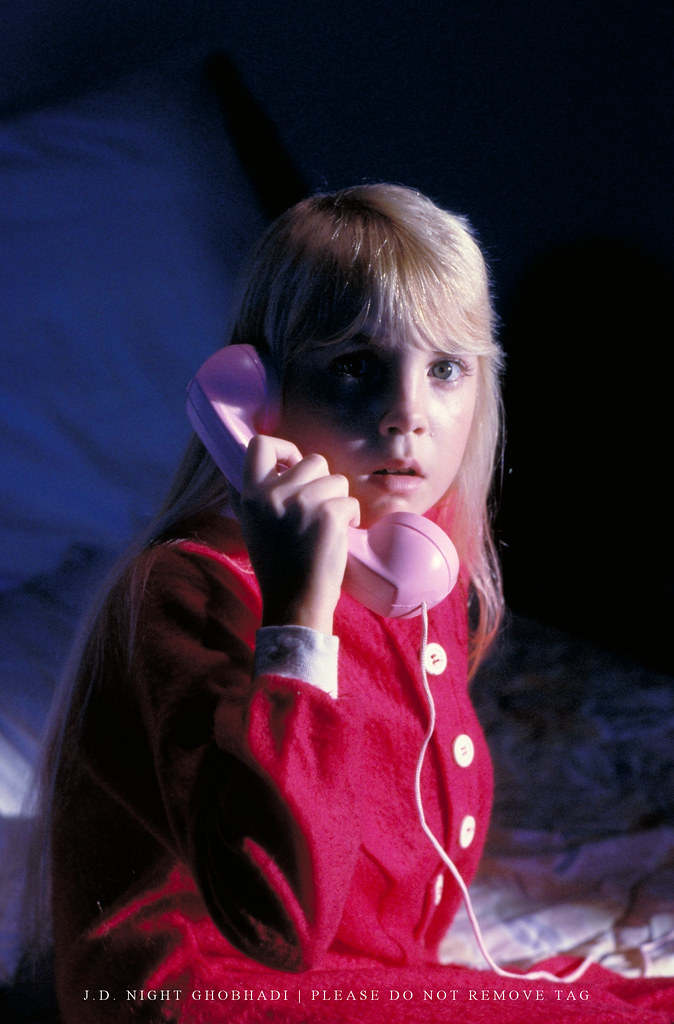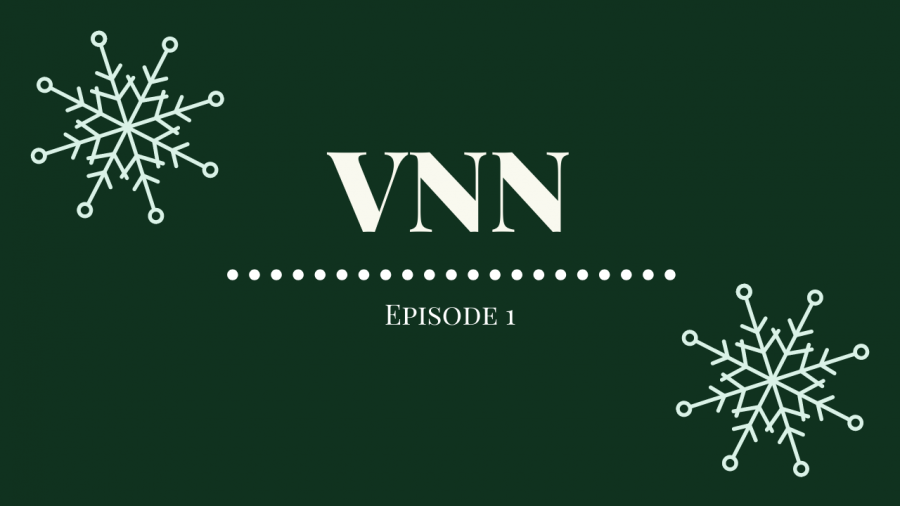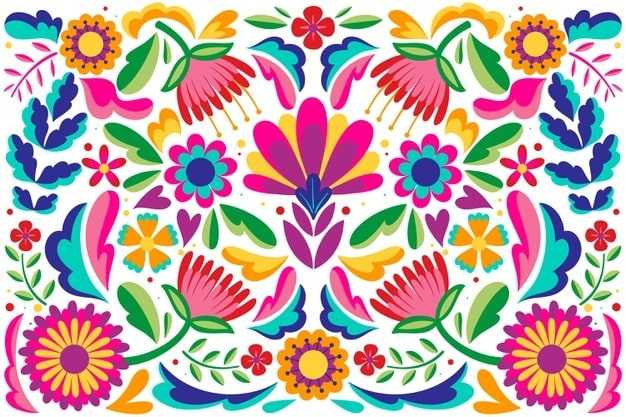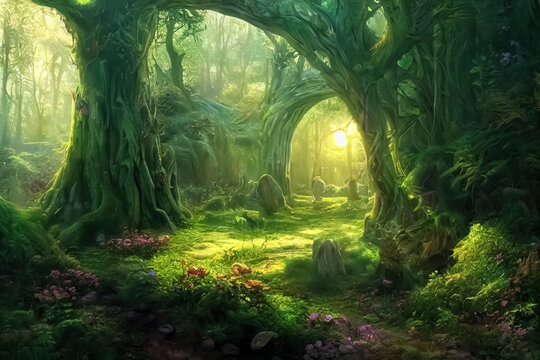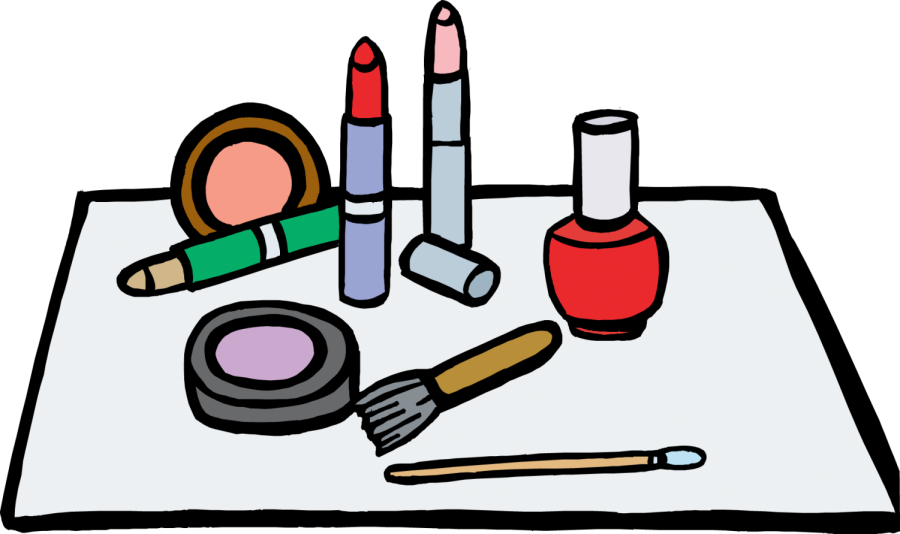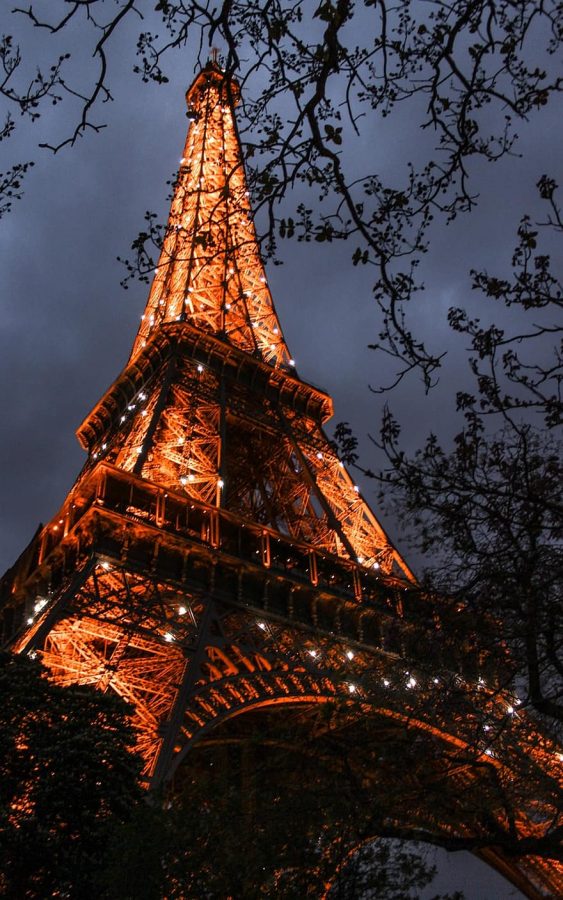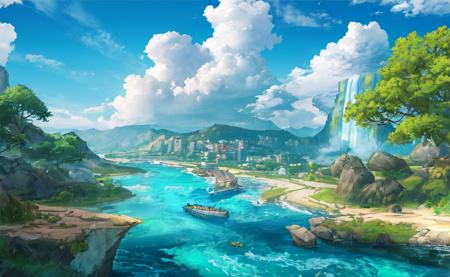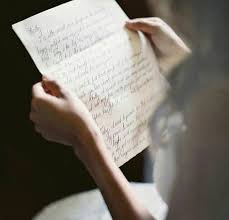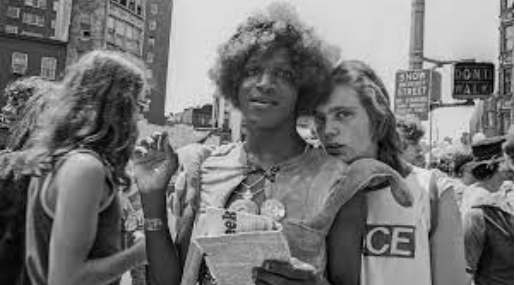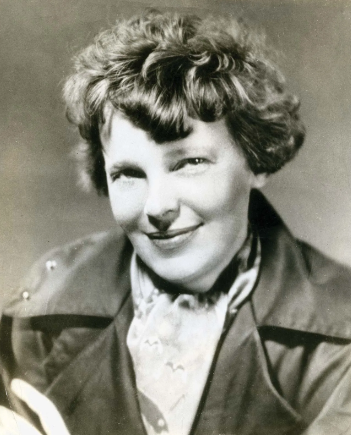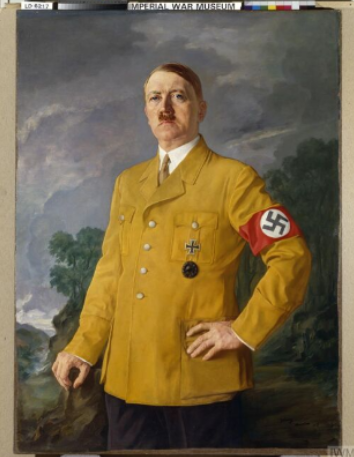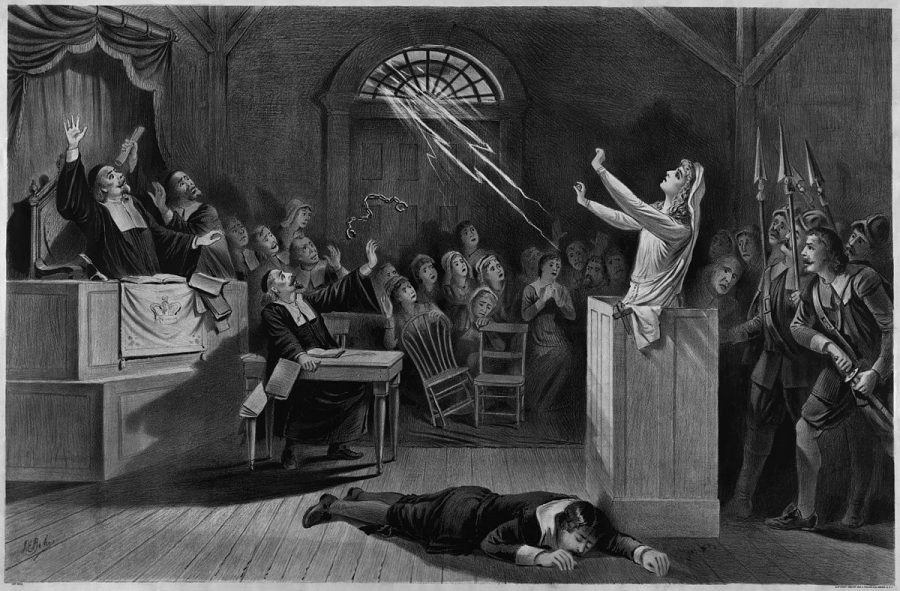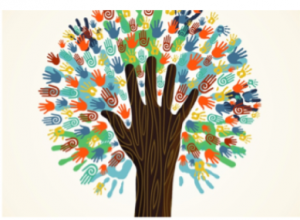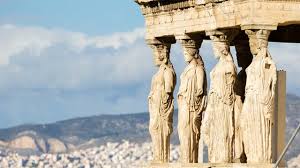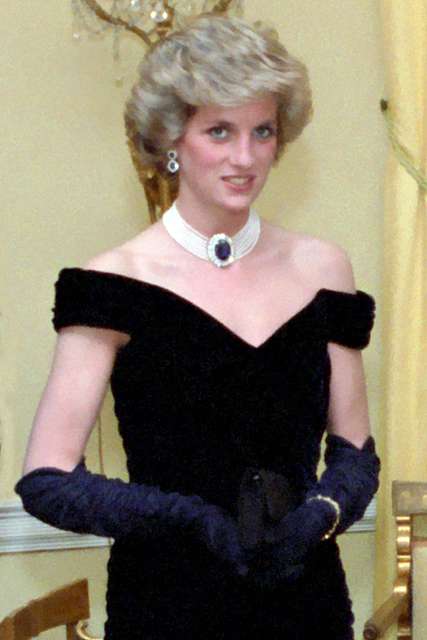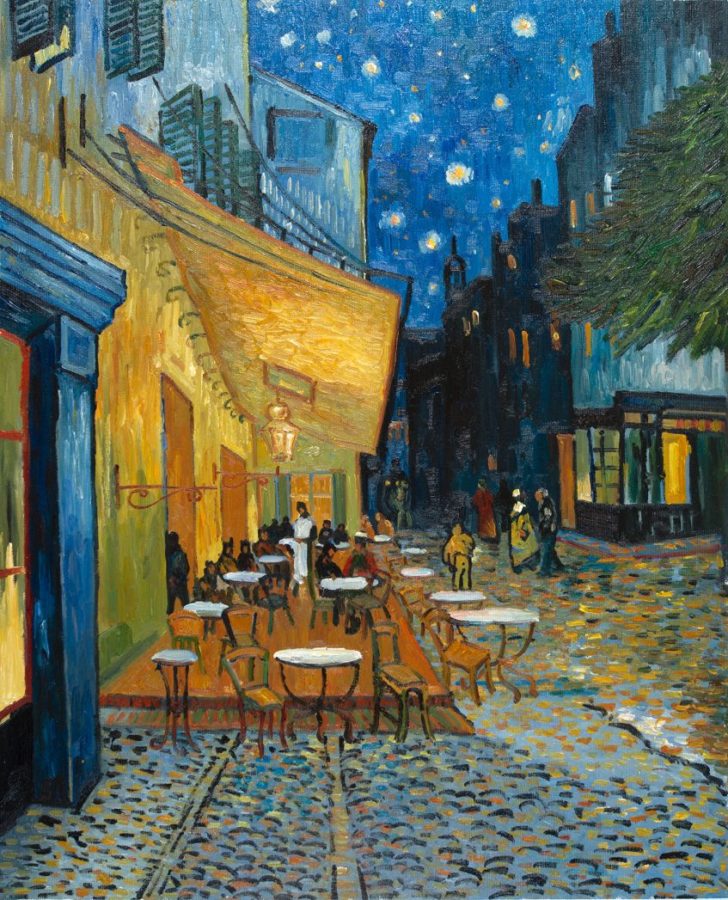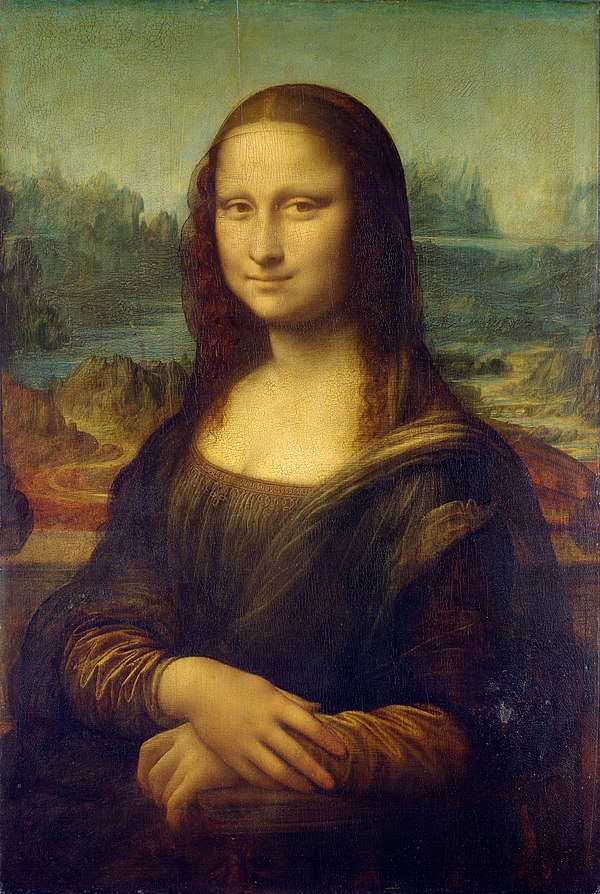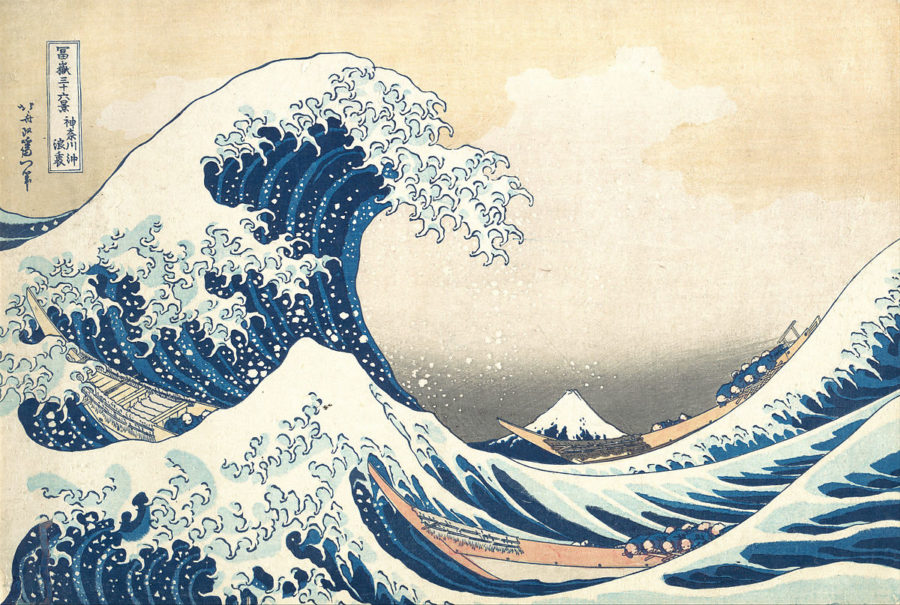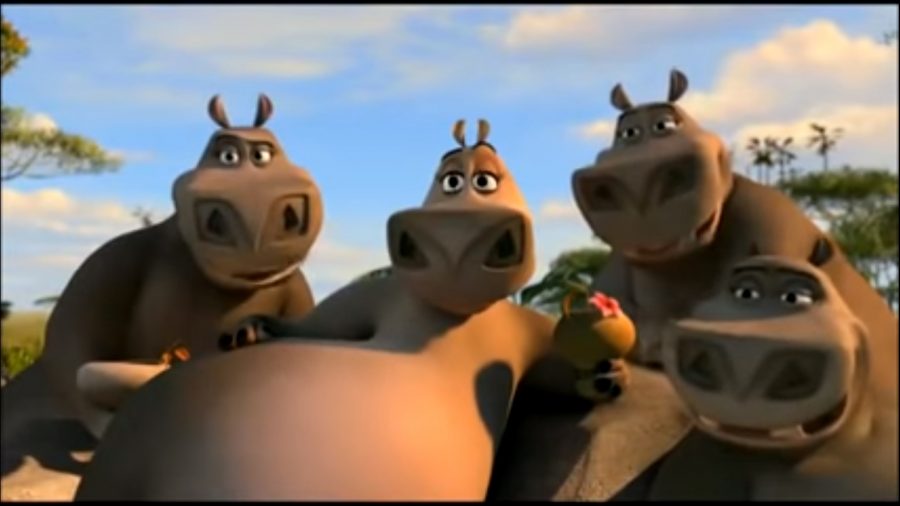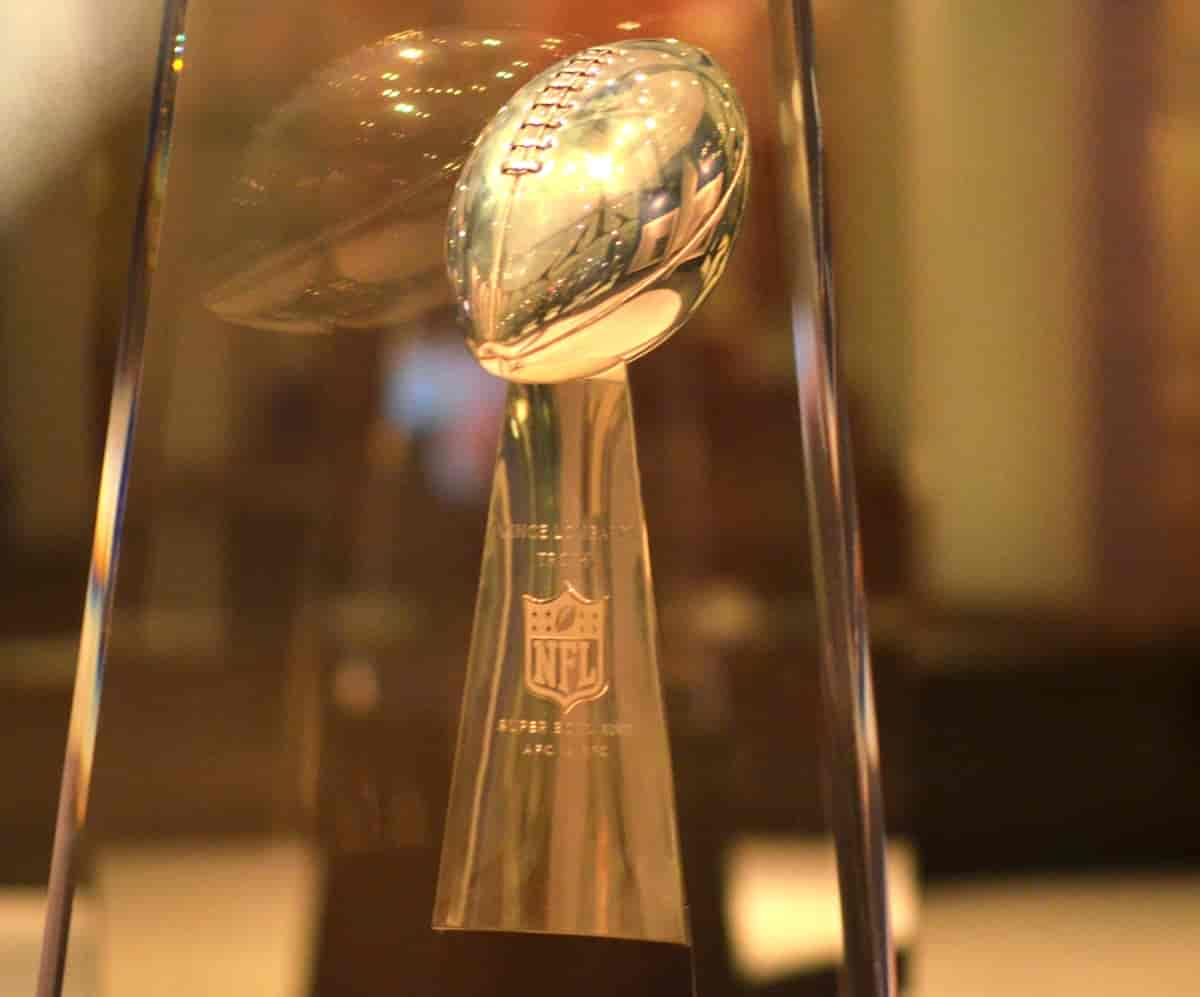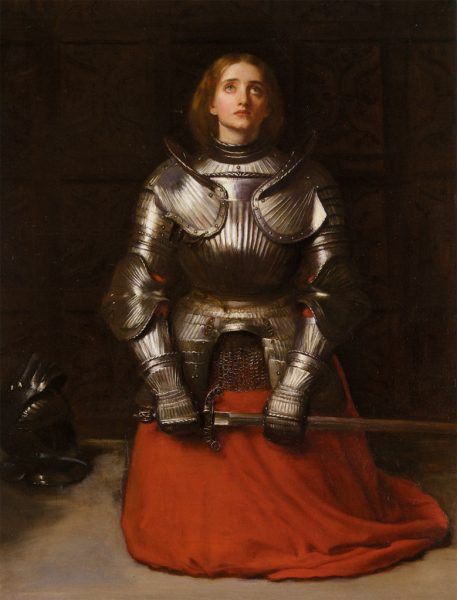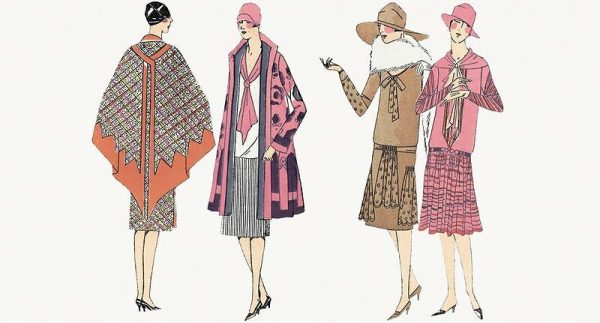Heritage Edition – The Tradition of Storytelling

Image via The Writing Cooperative
June 8, 2022
From The Tortoise and the Hare to Harry Potter, humans have always told stories. In every culture, around the globe, some form of storytelling developed. People tell stories to entertain or inform, even today, but where did it all start, when there certainly weren’t movies, video games, or even books tens of thousands of years ago?
The first form of storytelling was through visual art like cave paintings, followed by oral storytelling. There was no writing yet, so people were only able to tell stories through spoken words, body language, and whatever props they could find. People would tell each other stories, real and fictional, that would then be passed down through generations by word of mouth and memory alone. Of course, the story wouldn’t be told the same way every time, as the human memory is flawed. Sometimes the same story would change drastically depending on the person telling it. People would add or remove parts of the story to make it more interesting, which is still a thing that happens today.
The oldest evidence of writing dates back to over 8,000 years ago (Ancient Origins). Oral stories were written down and then literally set in stone. Stories were most commonly written on stone, clay, and eventually on paper when it was invented in 105 CE (Britannica). The current English alphabet comes from The Phoenician Alphabet, used by the early Greeks (Britannica). The Greek alphabet brought us to the Cyrillic and Latin alphabets. Unfortunately, only the rich and educated were able to read and write in the year 105, which means that what we know about their stories today is very skewed. Using plays to tell stories also started to become popular during this era. Stories were told through books, theatre, songs, and all sorts of exciting ways that still exist today.
Technology’s advancements aren’t just about iPhones and robots. Some ways that technology advanced our ability to tell stories are photography, television, animation, and even the internet and social media. The internet and social media are the most powerful forms of communication right now in the early 21st century. People express their thoughts and experiences through blog posts, photos and videos.
What does this have to do with the development of storytelling? Well, images are very powerful. A picture is worth a thousand words, after all. While many still prefer reading, humans have always been drawn to images. They’re how we started telling stories, through clay and painting. Images can bring out emotions where words can’t.
The development of storytelling through virtual means is also important because now everyone can tell their story. Books and movies and the like still exist as forms of storytelling too, but they are not open for everyone to create. While now the ability to read is expected of everyone and taught in schools, the ability to write is not so common. Before the internet, almost everyone could engage in stories that other people were telling, but most could not tell their own. Technology has changed that, and there’s no going back. Everyone can tell stories online in a variety of ways, through words, images, and video. We’ve gone 360 degrees, in that people will once again embellish or completely make up stories to get attention, but now the entire world can share and receive everyone’s stories.




